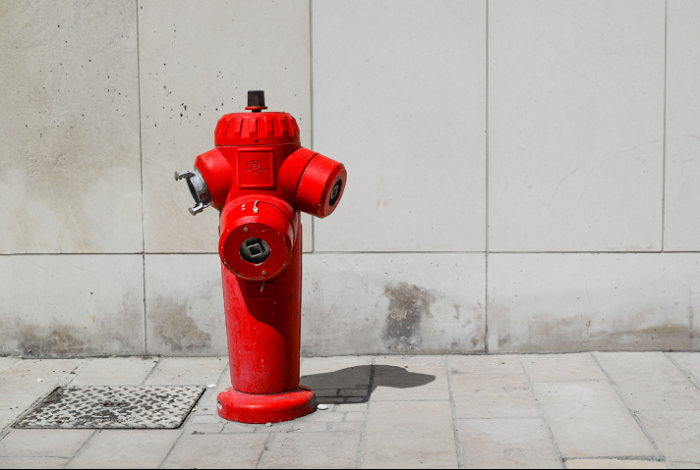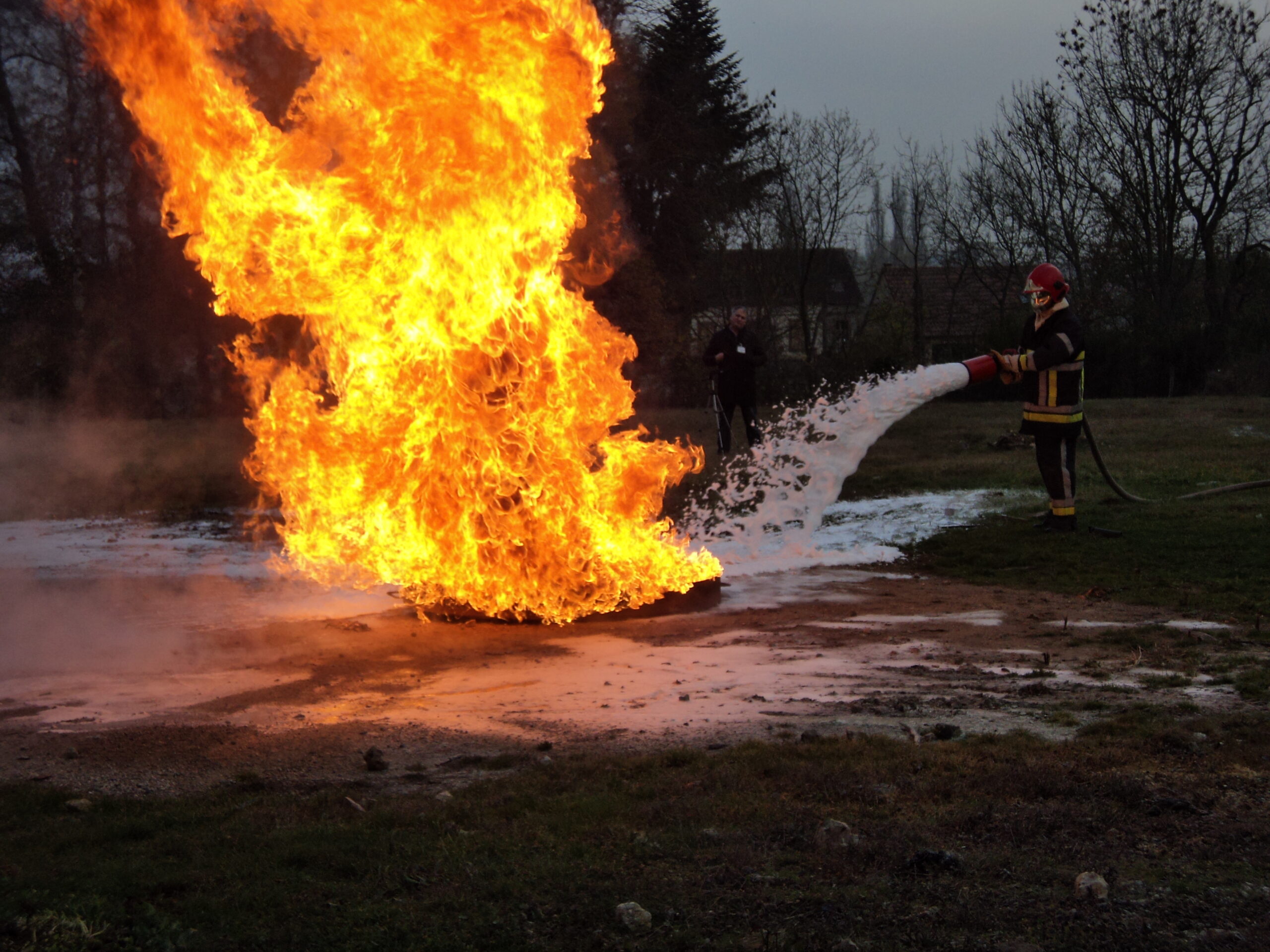Hydrant systems
The Eurofeu Group offers you a range of products for your entire hydraulic network.
Reactivity
Limit
Traditionally, outdoor hydrants enable fire-fighters or emergency services to quickly connect their fire hoses to the water distribution network, providing them with the water they need to extinguish a fire.

You need personalized support
Our teams are at your disposal to answer any questions you may have.
Our ranges

Armed fire valves and Additive fire stations
Armed Fire Fighters (AFF) are first-response equipment with a permanent water supply, enabling any non-specialized person to act immediately and effectively on an incipient fire, in order to limit its spread while waiting, if necessary, for more powerful means to be deployed.
Additive Fire Stations (AFS) use fire extinguishers with the addition of emulsifiers to cover specific fires that cannot be controlled with water alone. They must be used by trained personnel.
Our design office has developed a complete range of RIA to meet all your needs. We also work with our recognized partners to bring you the products best suited to your customers' specific requirements.
Fire hydrants
The installation of fire hydrants provides the fire and rescue services with the hydraulic capacity they need to carry out their mission, using pressurized water supply networks. They are supplied either by the public network, or by a private pressure network.
We select the products best suited to your customers' specific needs from recognized partners.
What's the difference between a hydrant and a fire hydrant?
The purpose of these two fire-fighting devices is to provide firefighters with a large reserve of water for fighting fires. The pole stands out from the ground, is red and visible to all. It must be located between 1 and 5 meters from the road accessible to emergency vehicles. The hydrant is buried and also connected to the water network. It provides a flow rate of 60 m3 / hour for at least 2 hours.


Emulsifiers
Foam is an assembly of bubbles formed by an atmosphere of air trapped in a thin wall of foaming solution, a solution (or premix) composed of water and a percentage of emulsifier ranging from 1% to 6%.
Accessories (hoses, fire hoses, parts for dry and wet columns, etc.)

Transporting water
Project
Fire hoses
Fire hoses are flexible pipes with standardized fittings used to transport water in hydraulic fire-fighting systems.
Most of today's pipes are smooth-walled. The outer walls are either textile (polyester) or rubberized.
Fire hoses
A fire hose is a device used to spray water or foam to extinguish a fire. The nozzle is connected to a hose that carries the water from the water source.
Plugs and sockets for dry and wet columns
Fire hydrants are fixed, rigid pipes permanently installed in buildings or structures.
Dry hydrants are supplied with water by fire service pumps. They are used to supply the hoses used by the fire department, which connect to the outlets located on each level.
Wet columns are connected to reservoirs and pumps, booster pumps or any other device used to supply water to fire hoses. This network is permanently
in charge, i.e. with pressurized water.
A fire hydrant includes:
- A supply connection (for dry hydrants only)
- The hydrant itself
- Single or double hydrants
Eurofeu sells supply fittings, plugs, single and double sockets.
Theater back-up (water curtains + weirs)
According to current regulations, the stage block must include among its emergency equipment ellipsoidal weirs, controlled by two implementation valves, as well as a water curtain to cool the mandatory flame arrestor curtain.


